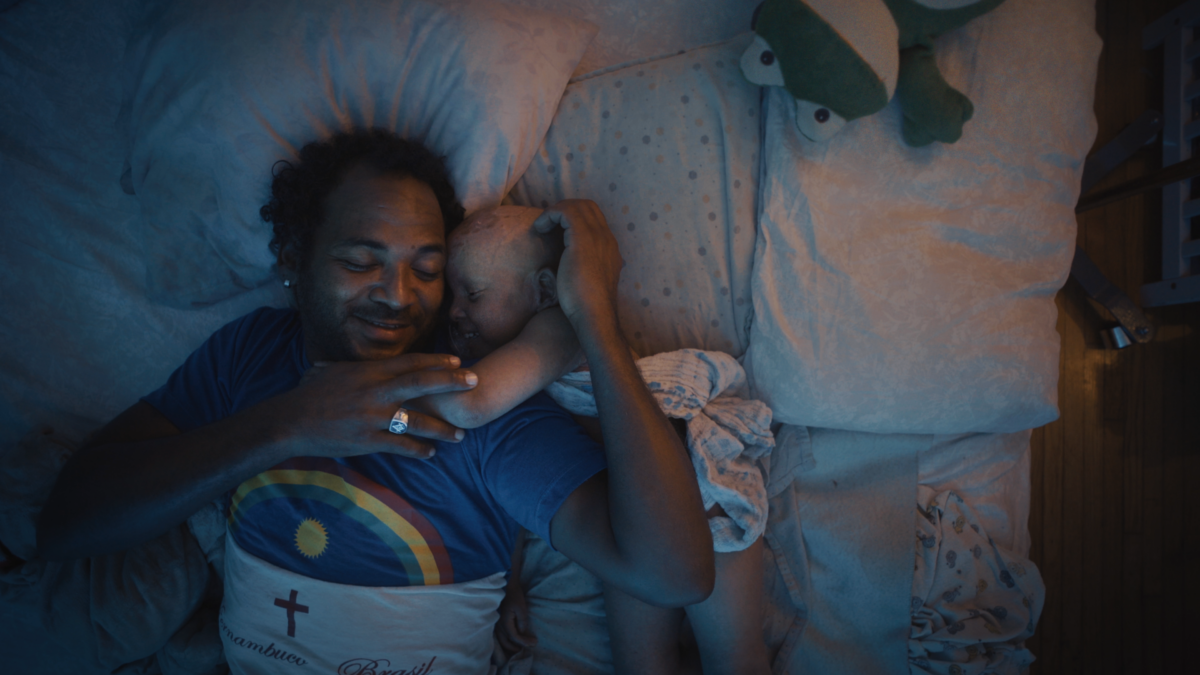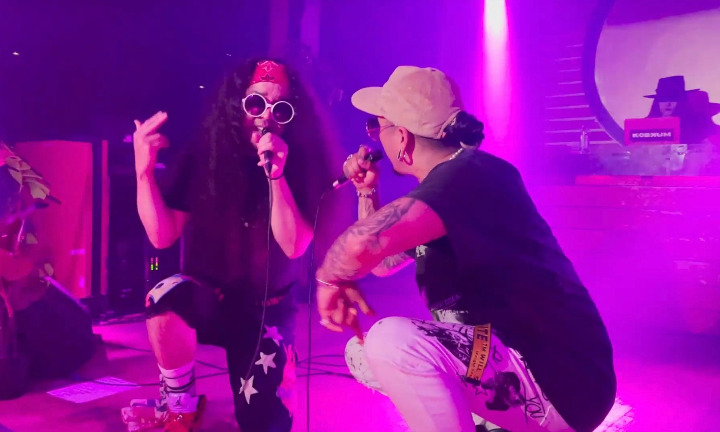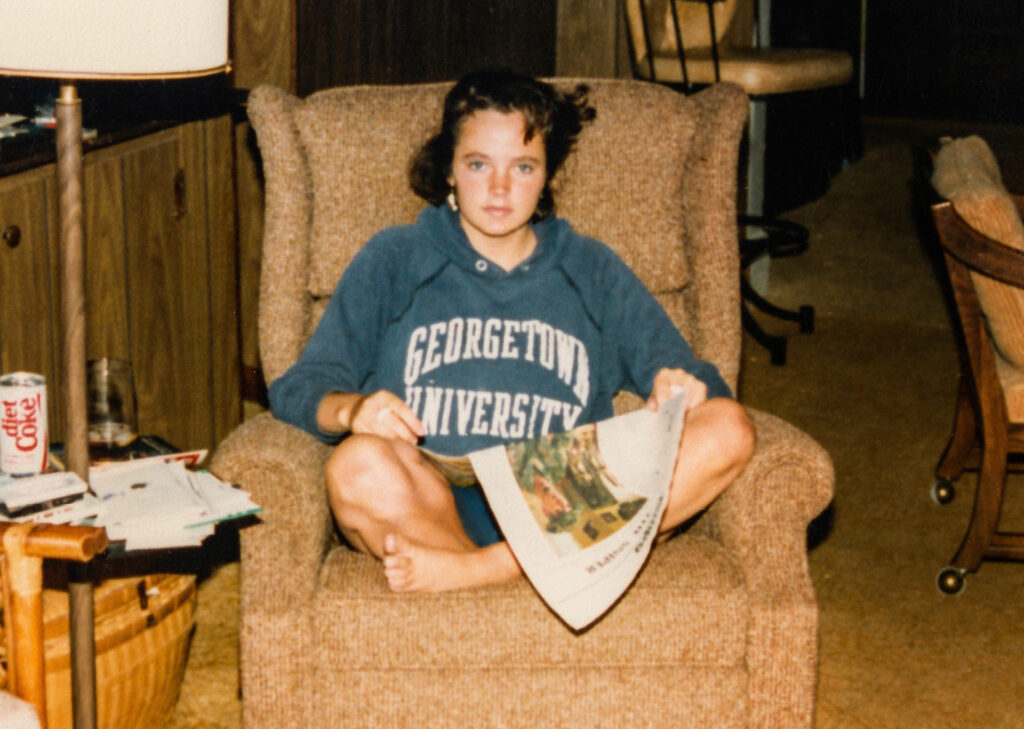“It usually started with: ‘you were a slave,’ when I was growing up, and that’s just not the case,” director Maya Annik Bedward tells me. We’re discussing what led the Jamaican French-Canadian filmmaker to jump on a plane to Brazil after university without knowing the language, or having a base. It was a trip that would change her life and eventually lead to her latest project, a documentary short called Why We Fight.
“I always wanted to learn more about my history and about the people that came who were stolen and brought to this world and what their traditions are. What’s our history?” continues Bedward. “There’s all these through lines, especially through music, with a lot of the African diaspora across the Americas. There’s deeper stories and traditions, and I’ve always been interested in learning those and the history. In my studies, I knew that Brazil had a really strong connection to that.”
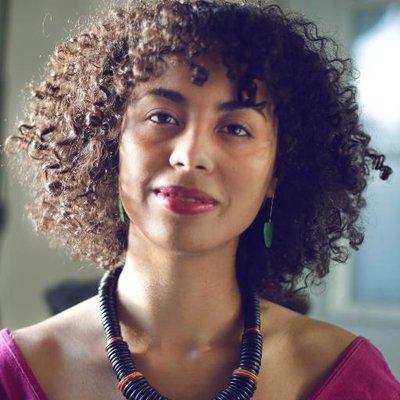
Bedward spent a year living in Brazil, engrossing herself in the lifestyle—in particular, the north-eastern region of the country where much of the Afro-Brazilian culture is centred. She befriended locals, educated herself on customs and traditions, and above all else, she observed her environment.
“I was inspired by everything that [Brazil] had to offer. It’s an incredible country with so much culture. It’s like the US in that it’s a big country with a lot of different cultural elements happening. And because it’s so big, it’s very inward focused,” says Bedward. “But there’s a lot of room for things to develop.”
When Bedward returned home to Toronto, Canada, she couldn’t shake her newfound love for Brazil. She joined percussion groups playing traditional Afro-Brazilian music called maracatu nação, and became active in the Latin American community in Toronto. It was here that she met Gerdson Dias Alves, known to friends as Sapo, a capoeira mestre (master) whose family would become the subject of Why We Fight.
Bedward has known Sapo for over 10 years and has seen him transition from the life of the party to the devoted father of Nauê Ne Alves, a beautiful little boy born with IFAP (Ichthyosis follicularis atrichia photophobia), a rare genetic condition. Sapo and his partner, Lorena Ne Freire, were told their son would have a short life expectancy, a diagnosis neither Sapo nor Lorena would accept.
“The doctors never thought [Nauê] would be able to walk or talk, or do about 90% of what he’s doing,” says Bedward. “It’s [Lorena and Sapo’s] patience and care and wanting him to experience all this that has exposed him to a lot of things I think the medical world didn’t think he’d be able to do. Lorena and Sapo, their ethos is, ‘we want [Nauê] to experience as much of life as possible.’ So they’ll take him camping, they’ll take him to Brazil, they’ll find ways for it to work for him so he can experience life.”
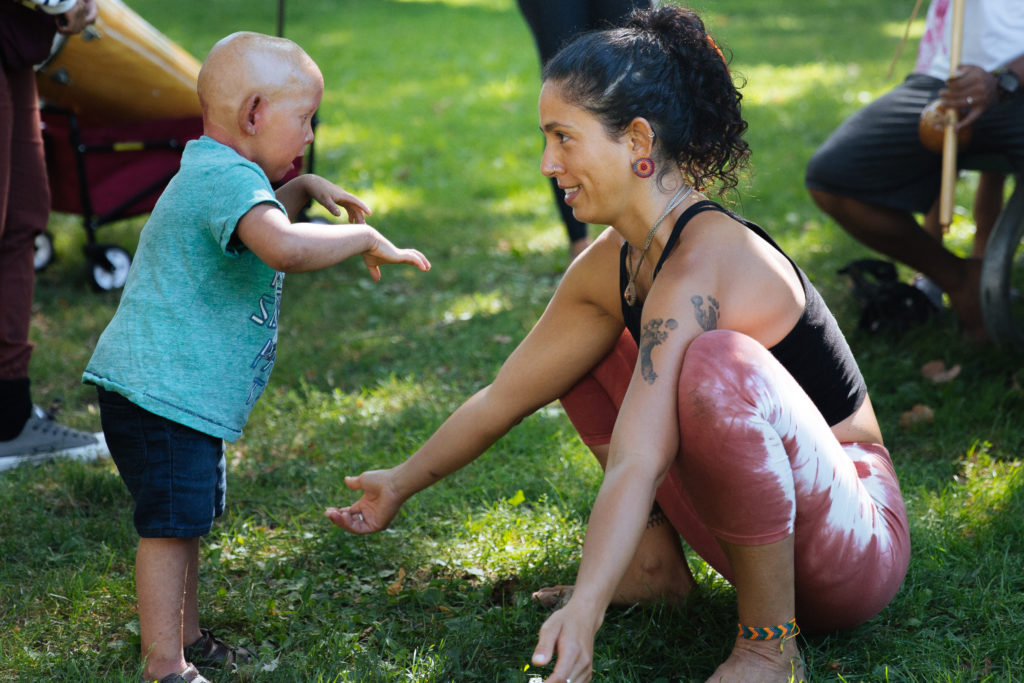
Part of this ethos was drawing from the strength of Sapo’s ancestors through capoeira and introducing Nauê to the practice. While today capoeira is one of Brazil’s most popular exports, the martial art form, which was originally practised by enslaved people in the 16th century, has a complex history in the country.
“Capoeira up until recently wasn’t a very popular art form [in Brazil],” Bedward notes. “Sapo’s parents forbade him from playing capoeira. They thought it was [part of] this counterculture, [that] people who do it are involved in drugs and crime. And that was a big part of the colonial project against a lot of Afro-Brazilian traditions.”
“It [capoeira] was illegal up until the ‘40s…when Mestre Bimba created his practice and showed the president of the country [that] this is actually a martial art form. And it was through that it became legal, but it still had a lot of these [dark] connotations.”
It was only in the late ‘90s that capoeira gained mainstream popularity in Brazil, starting in São Paulo. Because of capoeira’s reputation around the world, it became a trend white Brazilians in the city were eager to jump on, and became a cue for Afro-Brazilians that it was now “okay” to practice.
These remnants of Portuguese colonialism struck a chord with Bedward. “A lot of things that are connected to African traditions are deemed bad or marginalized, and I think a lot of the work that I do engages in that because in a way our history is then robbed from us because we’re told it’s bad and wrong—devil worship. You’re told that anything that’s not Christian is evil. And a lot of that other stuff is African or has origins from Africa or indigenous cultures, especially in Brazil.”
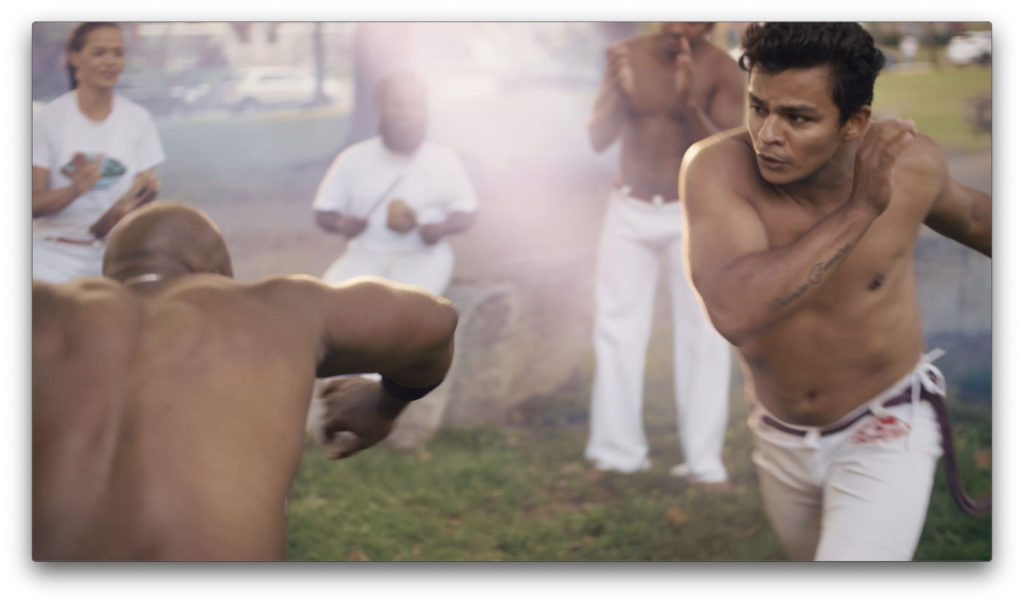
Sapo’s dedication to capoeira instructs a lot of who he is as a person and as a father. The power and strength he receives from the practice is important to him and something Bedward made sure to capture.
“I wanted to bring in a lot of the ancestral elements to it, because in Brazil, and I think in general in the Black diaspora, we don’t talk a lot about these traditions, or we don’t know a lot about them, because they’ve been demonized due to the colonial project in the territories that we live in,” Bedward says. “I wanted to show that this isn’t just a martial art form. The rhythms and songs are connected to a deep history of resistance that exists within the African diaspora.”
It’s clear in Why We Fight that Sapo and Lorena draw great happiness and courage from capoeira and its roots. It’s this courage that has been passed on to Nauê, who continues to battle and is today, a thriving and happy 6-year-old, eager to take part in a capoeira roda (circle), beating on the same drums his ancestors did generations before.
The strength and spirit of capoeira is much deeper than a martial art, exercise, or dance. It is the power and energy of a people historically held captive and belittled. It’s this connection and history that Bedward was in search of when she boarded her flight to Brazil a decade ago, and as she continues to live and create, the country’s impact on her is clear. “Brazil is a place of many extremes. It’s the most welcoming place in the world, but it’s also the most dangerous place in the world. There’s so much beauty and culture, but there’s a lot of poverty. It’s an intense place like no other. It [visiting Brazil] was the best experience of my life.”




